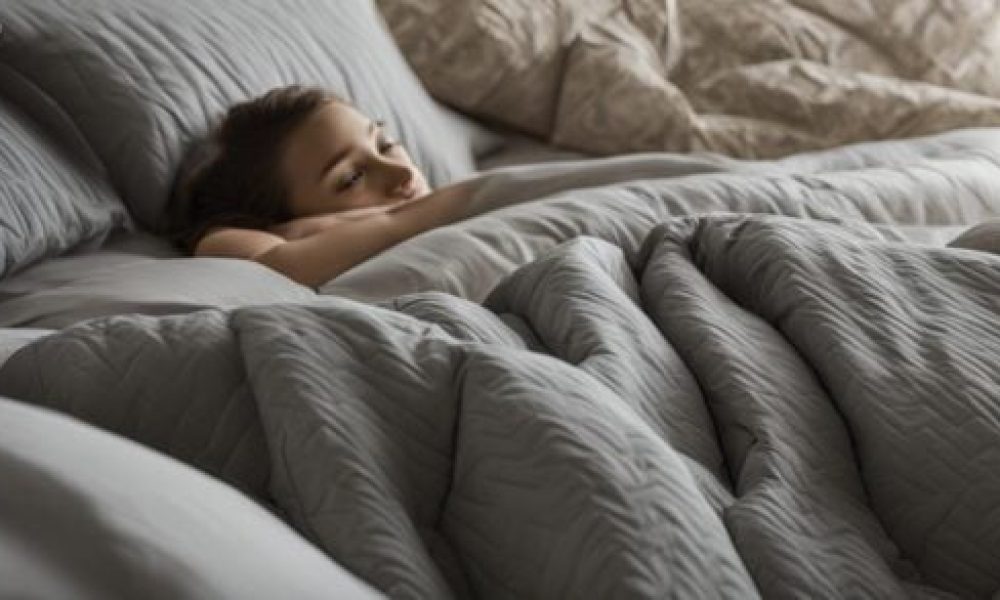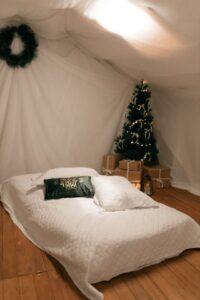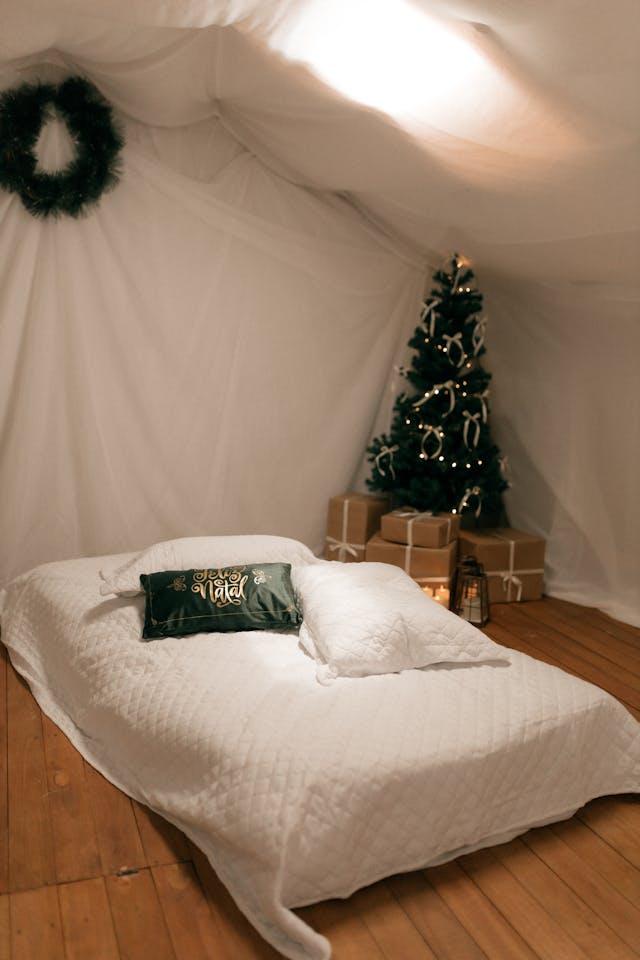Bedding and Allergies: Proven 7 Ways to Sleep Better
Bedding and allergies are more connected than most realize—your cozy bed could be harboring invisible triggers that sabotage your sleep and health. See our ultimate mattress hygiene guide for even deeper prevention tips.
Key Takeaways
- Hypoallergenic bedding can drastically reduce allergic reactions and improve sleep quality
- Dust mites, pet dander, and mold commonly lurk in mattresses and pillows
- Regular washing and protective covers are essential for allergy prevention
- Natural, organic materials are gentler on sensitive skin and allergy-prone individuals
- Managing bedroom humidity and cleaning routines supports a healthier sleep space
Why Bedding and Allergies Are So Closely Linked
Beds should be a sanctuary of rest, but when allergens like dust mites, mold, and pet dander infiltrate your bedding, that sanctuary becomes a source of sneezing, congestion, and itchy skin. The connection between bedding and allergies stems from how easily these microscopic irritants settle into fabrics. Bedding traps skin cells, moisture, and warmth—prime real estate for allergen growth.

Understanding the link between bedding and allergies empowers you to create a healthier, more restful sleep environment with just a few smart changes.
Dust Mites: The Hidden Saboteurs of Your Sleep
Dust mites are microscopic pests that thrive in the warm, humid conditions of your bedding. They feed on dead skin cells and leave behind droppings that are potent allergy triggers. These creatures are a top cause of allergic rhinitis and asthma flare-ups. According to the Eachnight guide, using dust mite-proof bedding and washing sheets weekly in hot water reduces exposure dramatically.

How Dirty Are Your Sheets—Really?
Studies have found that unwashed sheets can harbor more bacteria than a toilet seat. Skin cells, sweat, body oils, and allergens accumulate fast. Washing bedding in hot water once a week is essential, especially if you have allergies. Anti-allergy bedding made with antimicrobial fabrics adds another layer of protection, keeping your sleep space fresher longer. For an easy routine, see our guide on how often to wash your bedding.
Pet Dander and Allergy Dilemmas
We love our pets—but our bedding doesn’t. Pet dander settles deeply into bedding fibers, even when pets aren’t allowed in bed. Dander contains proteins that can trigger allergies. Hypoallergenic bedding made from tightly woven, allergen-resistant materials like cotton or microfiber helps reduce these risks. The Sleep Foundation advises using such fabrics to prevent allergen build-up while still enjoying your furry companions.
Top Hypoallergenic Bedding Choices
When tackling bedding and allergies, your best defense is high-quality hypoallergenic bedding. Look for items made from breathable, natural fibers like cotton, bamboo, or eucalyptus. Organic options avoid harsh dyes and chemicals that can irritate skin. Features like tight weaves, antimicrobial treatments, and moisture-wicking technology help block allergens. Our guide to the best hypoallergenic sheets offers detailed product picks and reviews to help you choose wisely.
The Allergen Hotspots in Your Bedroom
Bedding isn’t the only place allergens lurk—pillows, mattresses, and even curtains collect dust and dander. Allergy relief bedding includes covers for mattresses and pillows, forming barriers against dust mites and allergens. Dehumidifiers keep bedroom humidity below 50%, making it harder for mold to thrive. For a deeper clean, use HEPA-filter vacuums on carpets and rugs regularly. Learn more in our post on dust mite solutions for your bedroom.
Why Some Bedding Triggers Hives
Waking up with hives or rashes? Your bedding might be the culprit. Synthetic materials trap heat and moisture, irritating sensitive skin. Fragrances or chemicals from detergent residue can worsen the issue. Hypoallergenic bedding made from gentle, breathable fibers like bamboo or organic cotton reduces irritation. Anti-allergy bedding protectors also shield against allergens that may trigger skin reactions. Explore our picks for bedding for sensitive skin to soothe your slumber.
Night Sweats and Allergies: A Surprising Link
While night sweats are often blamed on room temperature or hormones, allergens in your bedding can also play a role. Your immune system may react to dust mites or dander by releasing histamines, which trigger sweating. Moisture-wicking, hypoallergenic bedding made from breathable fabrics can regulate temperature and reduce sweating caused by allergic reactions. Allergy-free mattress covers create an added layer of allergen defense.
Improving your bedding setup doesn’t just reduce sneezing—it enhances your overall sleep hygiene and well-being. Thoughtfully chosen allergy relief bedding can transform your bedroom into a sanctuary of comfort.
FAQ
- Can bedding really cause allergies?
- Bedding can harbor allergens like dust mites, mold, and pet dander, which trigger allergic reactions. Switching to hypoallergenic bedding reduces exposure.
- How often should I wash bedding to prevent allergies?
- Bedding should be washed weekly in hot water (130°F or higher) to effectively kill dust mites and remove allergens.
- What type of bedding is best for allergies?
- Look for hypoallergenic bedding made from tightly woven, breathable, and organic fabrics such as cotton, bamboo, or eucalyptus. Protective covers are also recommended.
Related reading from Cozy Bed Quarters
- The Psychology of Bedtime
- Sleep Disorders and Their Effects
- Your Ultimate Guide on How to Clean a Bed Mattress























